A Step Forward: APL’s Modular Prosthetic Limb
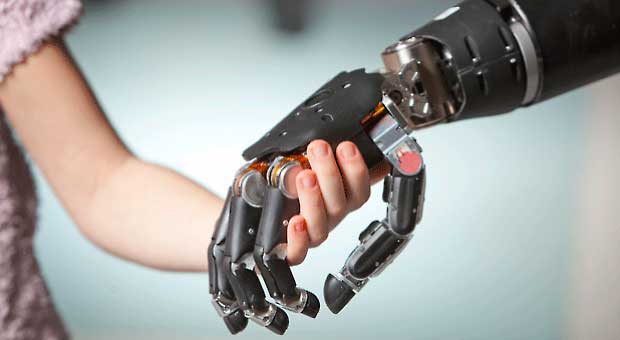
Les Baugh, a bilateral shoulder-level amputee from Colorado, US, entered history as the first man who simultaneously controlled two Modular Prosthetic Limbs (MPL) only with the help of his thoughts. Today, 40 years after the electrical accident that took both his arms, Baugh regained control over his limbs and successfully performed a series of tasks after a relatively short period of training. The Modular Prosthetic Limbs that Baugh used were developed by Johns Hopkins University Applied Physics Laboratory (APL) as part of the Revolutionizing Prosthetics Program.
Before training, Baugh had to undergo a targeted muscle reinnervation, a surgical procedure pioneered by Todd Kuiken, MD, PhD, director of the Neural Engineering Center for Artificial Limbs (NECAL) at the Rehabilitation Institute of Chicago (RIC) in Illinois. This surgery enables patients to regain sensory feedback and control sophisticated, motorized prosthetic limbs and it’s especially beneficial for above-elbow amputees. The aim of the surgery is transferring nerves into separate regions of the muscle, recording and using the EMG signals to control a prosthetic device.
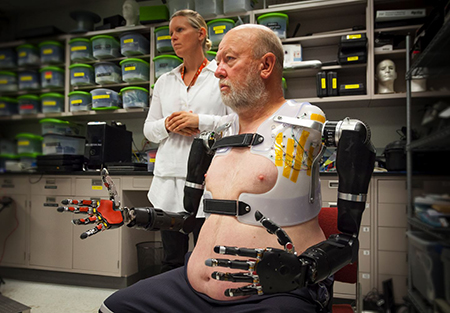 APL prosthetist Courtney Moran looks on as Les Baugh tests out the Modular Prosthetic Limbs
APL prosthetist Courtney Moran looks on as Les Baugh tests out the Modular Prosthetic Limbs
Dr. Albert Chi, Johns Hopkins Trauma Surgeon, gave a detailed explanation of the procedure in the news release: “It’s a relatively new surgical procedure that reassigns nerves that once controlled the arm and the hand. By reassigning existing nerves, we can make it possible for people who have had upper-arm amputations to control their prosthetic devices by merely thinking about the action they want to perform. We use pattern recognition algorithms to identify individual muscles that are contracting, how well they communicate with each other, and their amplitude and frequency. We take that information and translate that into actual movements within a prosthetic.”
After the surgery and the recovery process, Baugh started training at the Johns Hopkins Laboratory. The researchers fitted him out with a custom-made brace designed to support the limbs and provide the necessary neurological connections, and then he worked on the pattern recognition system which identifies each muscle contraction and how they communicate. This information is exactly what is being “translated” into the physical movements of the prosthetic limb. They used Virtual Integration Environment (VIE) – a virtual platform of the MPL, a low-cost means of testing neural interface methods and studying phantom limb pain. [1]
What amazed the researchers was the speed and skill with which Baugh accomplished the tasks. Courtney Moran, one of APL’s experts who was working with Baugh, said that he was able to achieve incredible success within only 10 days of training and everything that he managed to accomplish was not possible with other prosthetics that are currently available. Tasks that he performed were quite complex – they included moving several objects and required coordination of eight individual motions.
“This task simulated activities that may commonly be faced in a day-to-day environment at home,” Moran said. She added: “We expected him to exceed performance compared to what he might achieve with conventional systems, but the speed with which he learned motions and the number of motions he was able to control in such a short period of time was far beyond expectation. What really was amazing, and was another major milestone with MPL control, was his ability to control a combination of motions across both arms at the same time. This was a first for simultaneous bimanual control.”
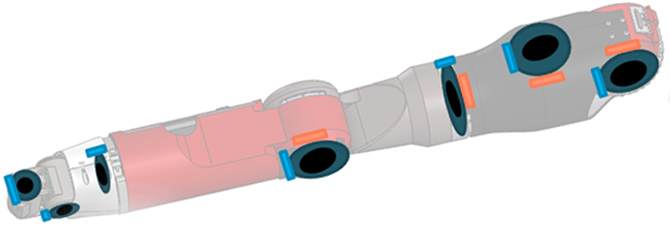
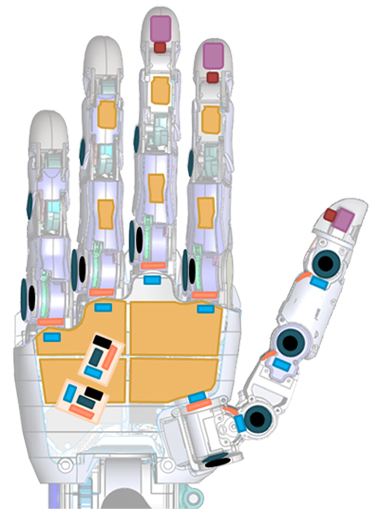
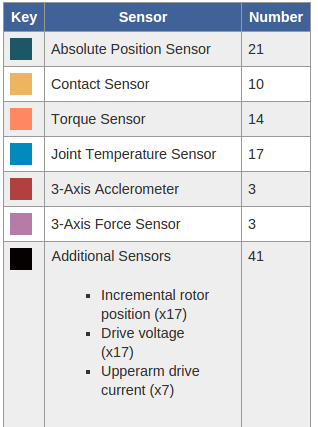
The importance of the state-of-the-art prosthetics is that it will amazingly improve the lives of amputees worldwide, making them more independent and efficient in their everyday tasks. Older prosthetic arms had a limited number of “active degrees of freedom“, usually three (elbow flex/extend, wrist rotate, and grip open/close) but MPL offers many more possibilities. The Johns Hopkins Modular Prosthetic Limb has 26 degrees of freedom, 17 degrees of control, a lifelike form, a neural interface and more than 100 sensors detecting vibration, force, temperature and fine contact. [2]
RP Principal Investigator Michael McLoughlin claims that the next step in research will be sending Baugh home where he will try to integrate a new limb system with his everyday life. Baugh is very happy about the fact he will be able to do “simple things that most people don’t think of.” [3] He expressed his hopes for the near future: “Maybe for once I’ll be able to put change in the pop machine and get pop out of it.”
Images: Johns Hopkins Applied Physics Laboratory
[1] Group of Authors, “Developing the World’s Most Advanced Prosthetic Arm Using Model-Based Design“, MathWorks, 2009
[2] Modular Prosthetic Limb, Johns Hopkins University
[3] “Amputee Makes History with APL’s Modular Prosthetic LimbModular Prosthetic Limb“, Johns Hopkins University, Dec 2014
Ivanovic J (2015-01-09 13:27:59). A Step Forward: APL’s Modular Prosthetic Limb. Australian Science. Retrieved: Jun 30, 2025, from https://ozscience.com/research-grants-and-programs/medical-and-health-sciences-research-grants-and-programs/step-forward-apls-modular-prosthetic-limb/
 Follow
Follow